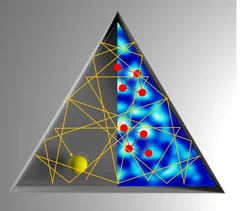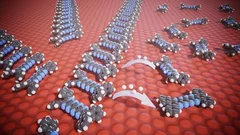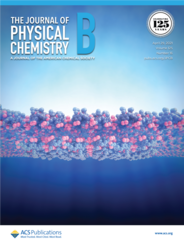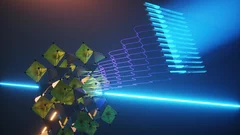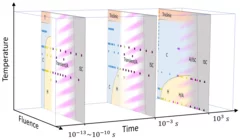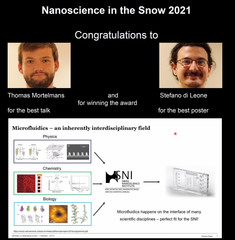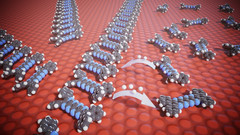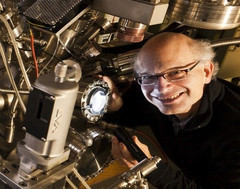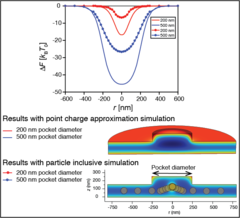Scientific Highlights
Quantum billiards with correlated electrons
Our collaborators at the Jozef Stefan Institute – the leading author, Jan Ravnik, is now a PSI Fellow at LMN – report a study of the electron ordering in equilateral triangle structures via photoexcitation of the prototypical dichalcogenide 1T-TaS2.
New class of substances for redox reactions
The step-wise oxidation of a new redox-active molecular semiconductor is recognized by changing shape, assembly behavior and other properties by spectro-microscopy correlation.
Coordination-Driven Monolayer-to-Bilayer Transition in Two-Dimensional Metal–Organic Networks
Scientists at LMN and the University of Basel have discovered a nucleation and growth mechanism of metal-organic coordination networks in Langmuir Blodgett films floating on water.
Uniquely sharp X-ray view
A new PSI method allows quantum-physical research on materials with the aid of X-ray lasers.
A time-domain phase diagram of metastable quantum states
Our collaborators at the Jozef Stefan Institute – the leading author, Jan Ravnik, is now a PSI Fellow at LMN – report a ‘dynamical’ phase diagram of metastable quantum states generated via photoexcitation of the prototypical dichalcogenide material 1T-TaS2.
LMN PhD-student Thomas Mortelmans wins best talk award
Every year, during the winter months, PhD students of the Swiss Nanoscience Institute take part in the SNI: Nano in the snow PhD school. Currently, as COVID-19 is still omnipresent in our everyday it happened virtually this year and Thomas Mortelmans took part. He said: “It was an exciting day filled with excellent scientific content from a variety of research fields; ranging from quantum physics, to protein engineering and drug delivery. During these events, the interdisciplinary of SNI is nicely highlighted and the benefit of joined research projects across scientific disciplines can be seen.”
Thomas gave an interdisciplinary introduction to the field of microfluidics and was awarded with the prize of best talk.
New class of substances for REDOX chemistry
The compounds known as ‘pyrazinacenes’ are simple, stable compounds that consist of a series of connected nitrogen-containing carbon rings. They are suitable for applications in electrochemistry or synthesis, as the researchers describe in the science journal Communications Chemistry. They were first designed, synthesized and chemically characterized in solution by the Hill team and carefully investigated by Scanning Tunneling Microscopy and Surface Chemical Analysis. The compounds have been shown to reversibly release and accept electrons and arrange themselves differently depending on the oxidation state. Interestingly, the oxidation and reduction reactions of the pyrazinacenes are not only affected by a chemical impulse, but can also be stimulated by light so they can be considered photo-redox active.
EPS Council
Thomas A. Jung has been elected as a delegate of the Associate Members of the European Physical Society. As a member he shall contribute to the reviewing of the activities of the Society, the annual accounts and to the discussion of future priorities and new activities.
Optimization of Nanofluidic Devices for Geometry-Induced Electrostatic Trapping
Single particle studies play an important role in understanding their physical and chemical properties. Electrostatic trapping is on one such robust method that allows for a contact-free high-throughput single nanoparticle trapping in an aqueous environment in a nanofluidic device. However, finding an optimum design solution for stiffer single particle trapping for different particles is a cumbersome process. This work presents all crucial geometrical parameters required to tune the trapping efficiency of the device, and their impact. Furthermore, the work enables to quickly identify and optimize nanofluidic devices design for stronger single particle confinement using numerical simulations, saving the massive experimental time required for device optimization.
